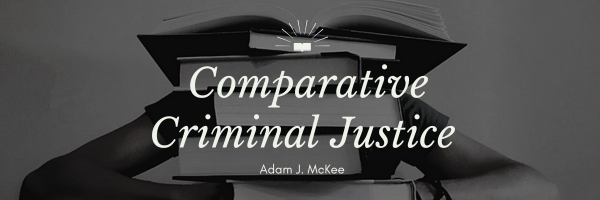What makes an act a “crime” in the United States? At first glance, it might seem simple: a crime is something that breaks the law. But when we dig deeper, we find that defining crime is a nuanced process shaped by laws, constitutional principles, and evolving societal values. It’s a balancing act, reflecting the need for clarity, fairness, and adaptability in a complex and diverse society.
Reading Time: 2 minutes
At its core, a crime is any action—or failure to act—that violates a legal prohibition and carries the potential for punishment upon conviction. However, this definition relies on several key components. First, statutory law, enacted by legislatures, establishes the boundaries of criminal behavior, from minor infractions to serious felonies. Second, the U.S. Constitution serves as a guiding framework, protecting individual rights and limiting government power to ensure laws are applied justly. Finally, case law—the body of legal decisions shaped by court rulings—helps refine the interpretation of statutes and ensure their fair application across varied contexts.
The U.S. legal system’s structure also adds complexity to how crimes are defined. Federalism divides power between the federal government and individual states, allowing each to enact and enforce its own criminal laws. Federal laws focus on issues of national importance, like terrorism or interstate drug trafficking, while state laws address offenses specific to their communities, such as theft or assault. This division can lead to overlaps and conflicts but also ensures flexibility in addressing the needs of a diverse population.
As we explore the sources of U.S. criminal law—statutory law, constitutional principles, and case law—we’ll uncover how these elements work together to define crime, protect individual rights, and maintain social order in an ever-evolving society.
Modification History File Created: 01/22/2025 Last Modified: 01/26/2025
You are welcome to print a copy of pages from this Open Educational Resource (OER) book for your personal use. Please note that mass distribution, commercial use, or the creation of altered versions of the content for distribution are strictly prohibited. This permission is intended to support your individual learning needs while maintaining the integrity of the material.
This work is licensed under an Open Educational Resource-Quality Master Source (OER-QMS) License.

